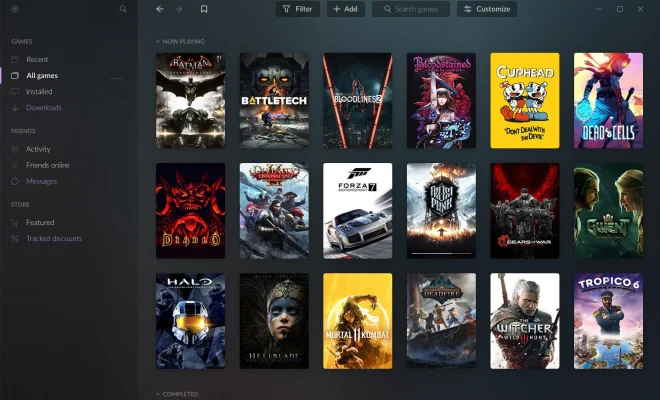Differences between the Instagram Desktop and Mobile Apps

Instagram is a popular social media platform with over one billion monthly active users. With the availability of the app on both desktop and mobile devices, users can choose how to access the app. However, the Instagram desktop and mobile apps come with a few differences in features and user experience. In this article, we explore the differences between the Instagram desktop and mobile apps.
Interface
The Instagram mobile app interface has a more user-friendly design compared to the desktop app. On mobile, the interface is optimized for smaller screens and touch interactions, while the desktop app is designed for larger screens and cursor interactions. On the mobile app, users navigate the app by scrolling up and down, while on the desktop app, users scroll left and right.
Stories
Instagram Stories have become an essential feature of the platform. However, the desktop app does not support the creation or viewing of Instagram Stories. While users can view Stories that have been posted on their profile on the desktop app, they cannot access the full suite of features available on the mobile app.
Direct Messaging
The Instagram Direct Messaging feature is a significant part of communication on the platform. While both the desktop and mobile apps allow users to send and receive direct messages, there are some differences. On the mobile app, users can send disappearing photos and videos, send text messages, and share posts with others. However, the desktop app only allows users to send and receive text messages.
Post Creation and Editing
Creating and editing posts on Instagram is more comfortable on the mobile app than on the desktop app. On the mobile app, users can add multiple photos or videos to a single post, apply filters, and add captions and hashtags. However, on the desktop app, users cannot upload multiple photos or videos to a single post, and they cannot apply filters to photos.
Notifications
The Instagram mobile app provides notifications for likes, comments, and direct messages. Users can also customize what notifications they receive through the app. On the other hand, the desktop app does not offer notifications for likes, comments, and direct messages.
Conclusion
The Instagram desktop and mobile apps offer different user experiences and features. While the mobile app is optimized for touch interactions and has robust features for creating and editing posts, the desktop app is designed for cursor interactions and focuses on viewing and interacting with posts. Ultimately, users must decide which app best suits their needs, based on their device and use case.





